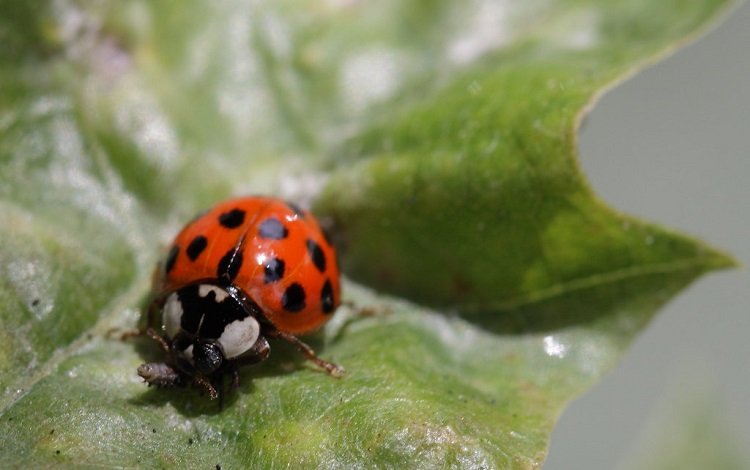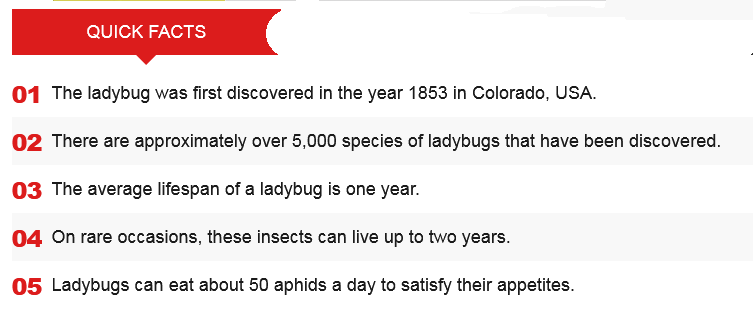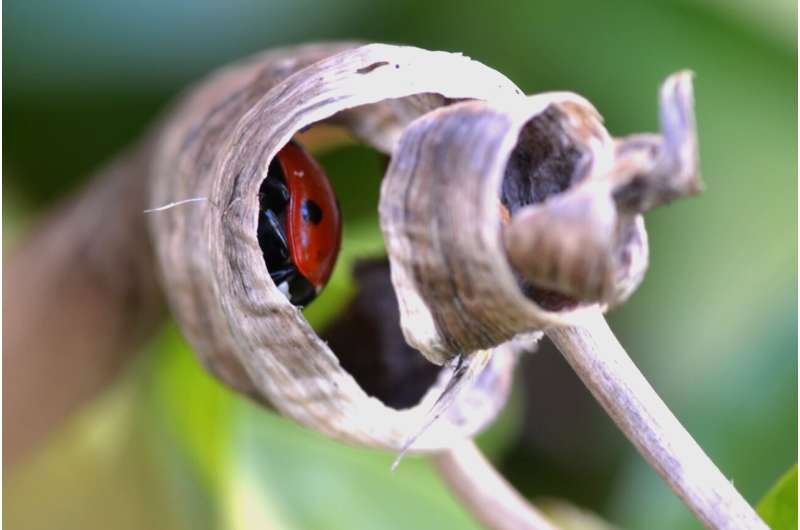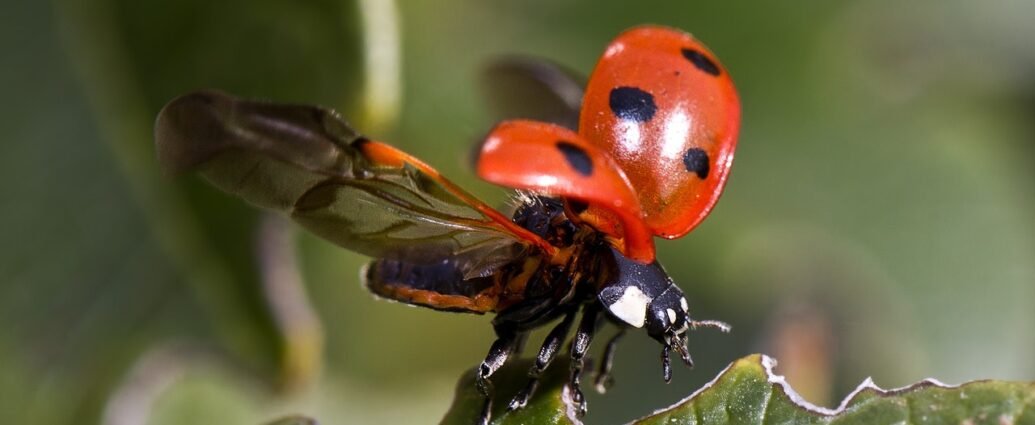Renowned for their striking red and black wing spots, ladybugs hold a prominent position within the ecological sphere. While frequently misidentified as bugs, these creatures are more precisely categorized as beetles and are referred to as “ladybird beetles” or “lady beetles” among academics.

Ladybugs, those delightful creatures of nature, assume the noble role of safeguarding our beloved flora and crops as natural agents of pest control. Their insatiable hunger for detrimental insects, particularly aphids, is a marvelous feat to behold, for a solitary ladybug can effortlessly devour a staggering tally of 50 aphids within a mere day’s span.
As dependable comrades to farmers and gardeners, they prove to be prized assets by minimizing the necessity for harmful chemical pesticides that have the potential to damage the environment and pollute soil and water resources.

Ladybugs, in addition to their remarkable pest control capabilities, assume the role of indispensable biodiversity indicators. The mere existence of these charming creatures within an ecosystem signifies the flourishing of a vibrant and varied environment. Their significance extends beyond the realm of human benefits, as they also serve as a fundamental source of sustenance for fellow insects, avian species, and diminutive mammals.
Regrettably, the population of ladybugs is currently experiencing an alarming decrease, with certain species such as the two-spotted and nine-spotted lady beetles becoming increasingly scarce across North America. The culprits behind this decline are a combination of climate change, pollution, and habitat destruction.

To address the challenges faced by ladybugs, extensive research has led to a roadmap for global conservation because they play a vital role in maintaining ecological balance and serving as natural pest control agents.
Reference- Phys.Org, National Geographic, Earth Day Network Newsletter, Wiley Online






